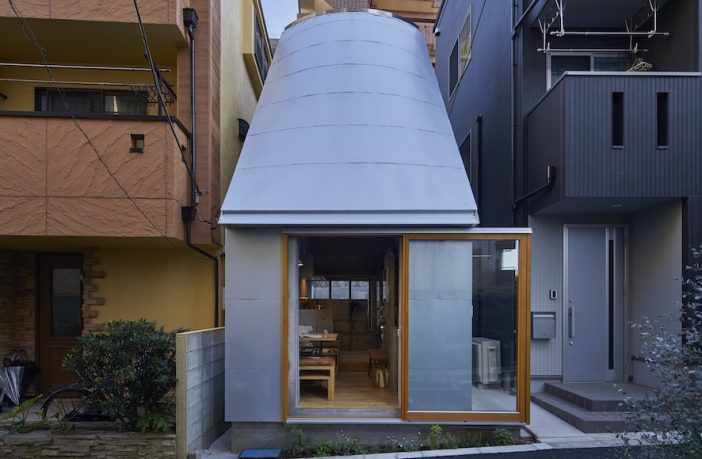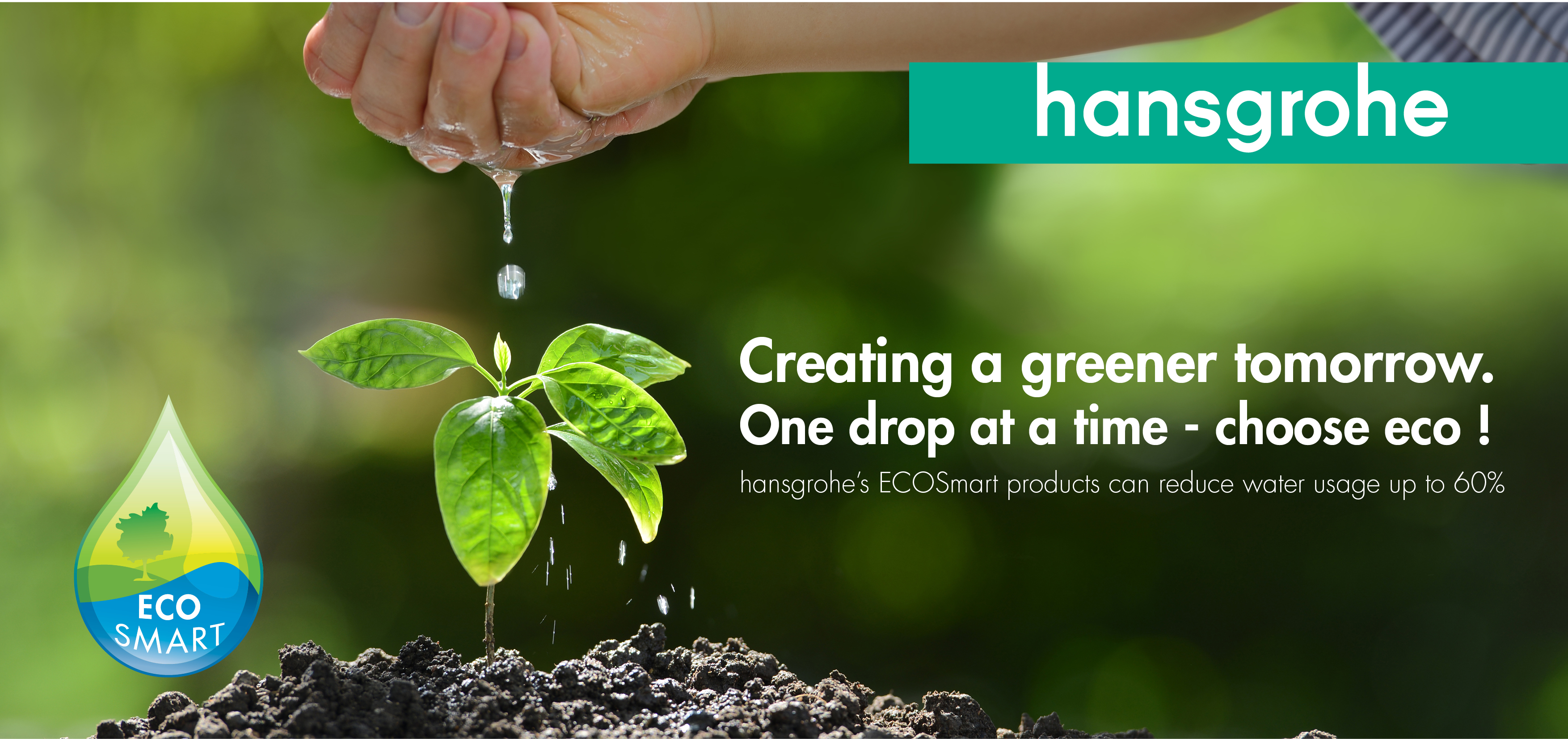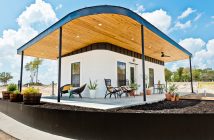- Architect Takeshi Hosaka has built himself a micro home in Tokyo that has a total floor area of just 19 square metres and features a pair of curved roofs.
- Called Love2 House, the single-storey building sits on a plot in the Bunkyo district, which measures just 31 square metres.
- The house holds form, function and practicality without feeling claustrophobic plus blends in well surrounding street life.
When the architect Takeshi Hosaka began a professorship at Waseda University of Art and Architecture in 2015, he decided they needed to move to Tokyo to reduce his commute, but could only acquire this small plot. He set about design a micro home and called it Love2 House as it’s the second micro home he and his wife have built together.
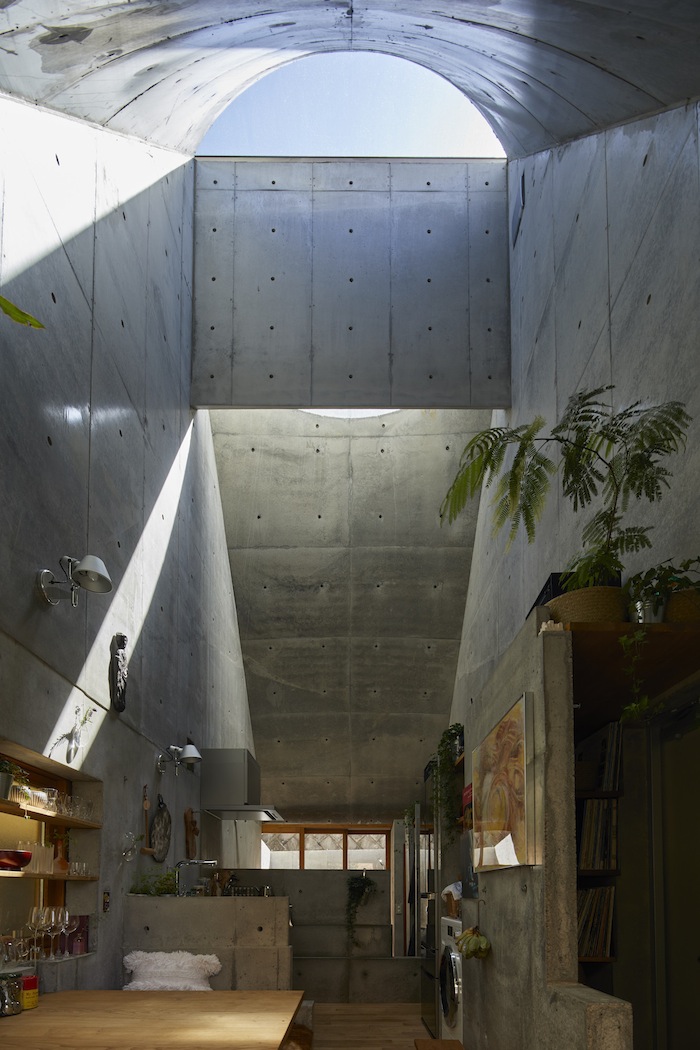
Credit: Takeshi Hosaka
Love2 House’s design was influenced by principles borrowed from the architecture of ancient Roman villas, which emphasise the importance of spaces for study, bathing, drama, music and epicureanism – a philosophy of pleasure through modesty.
Within the compact floor area, Hosaka was able to provide space and amenities for the habits he and his wife enjoy most, including eating, reading, daily baths and listening to vinyl records.
Another key influence came from Scandinavia, as Love2 House’s design needed to respond to the fact the building would not receive any direct sunlight for three months during winter. “This concept led me to draw the sketch of two curved roofs which are open to the sky,” said Hosaka. “In the winter, the two skylights effectively bring soft sunlight into the house and in the summer the house is filled with brilliant sunshine like in a tropical country.”
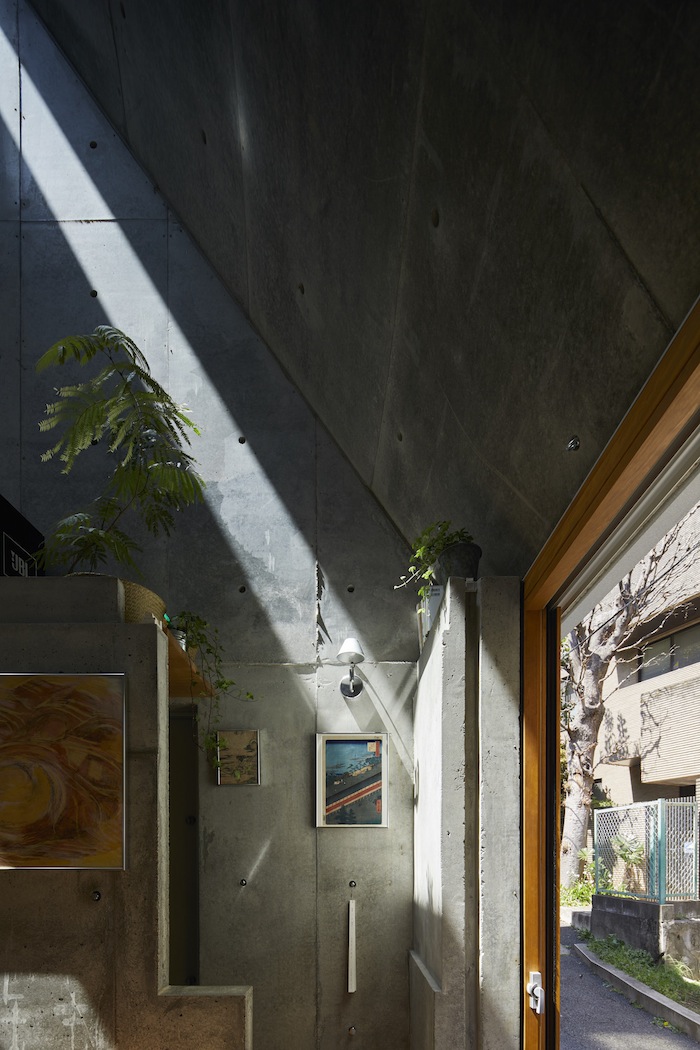
Credit: Takeshi Hosaka
The roof forms are flat at their base edges to complement the style of neighbouring buildings, but curve gradually as they ascend to create the arced openings. The roof forms are flat at their base edges to complement the style of neighbouring buildings, but curve gradually as they ascend to create the arced openings.
The height of the slanted ceilings enhances the overall volume of the compact interior. Seven partitions extend out from the reinforced-concrete walls to define the dining, kitchen and sleeping zones.
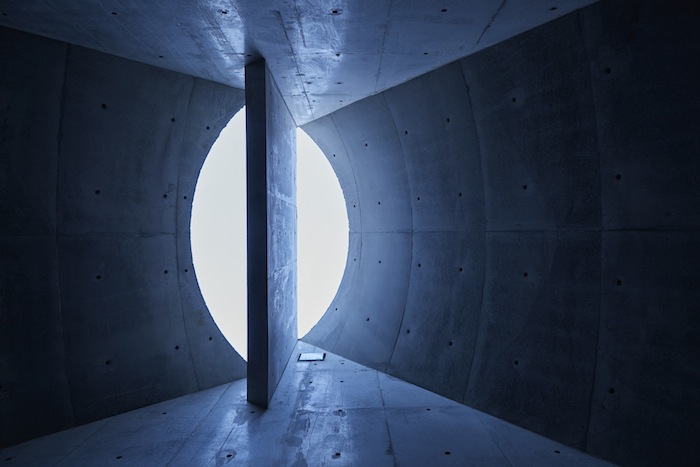
Credit: Takeshi Hosaka
The sense of space inside the building is increased by connecting it with the outdoors through the skylights and a large sliding door lining the living space. When the door is open, the house’s proximity to the road means the interior becomes part of the streetscape, and passers-by regularly stop to chat with the couple as they sit at the dining table.
Economic, social and environmental issues are increasingly making the micro home option for city dwellers a viable option. Downsizing does not necessarily mean compromising on the home living experience. Small space living is all about trading the size of the space we live in for factors such as location, cost, availability and efficiency.
And don’t forget the ‘uber cool’ factor.
Author: Bryan Groenendaal
Clean water is becoming increasingly scarce. Do your bit to save water. You can start by retrofitting your tap and shower mixers at home with Hansgrohe EcoSmart technology.
Visit the Hansgrohe Showroom in Johannesburg to see the Rainfinity range in action.
Find a Hansgrohe Retail Store near you by simply entering your postal code. Your search covers: South Africa, Madagascar, Nigeria, Kenya, Botswana, Seychelles, Mauritius, Namibia, Tanzania, Zimbabwe, Ghana and Zambia.






